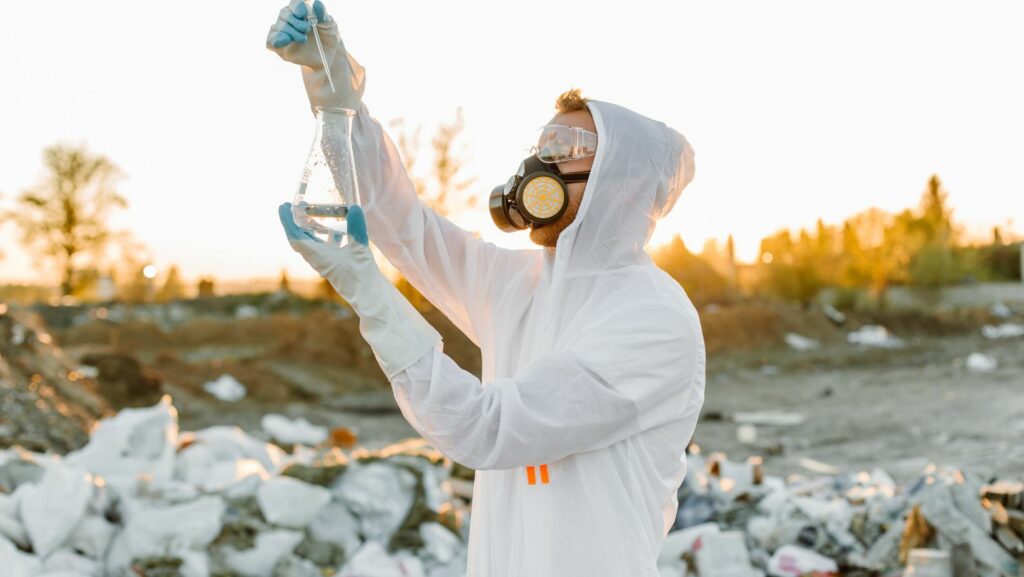PFAS contamination poses a growing concern for communities and the environment. These chemicals, often called “forever chemicals,” are tough to break down and can cost a lot to remove from water, soil, and waste.
Finding effective and affordable ways to manage PFAS contamination can protect health without placing a heavy burden on budgets. With the right strategies, communities can work toward safer water and reduce risk from these persistent substances.
1. Implement advanced activated carbon filtration systems for PFAS removal
Advanced activated carbon filtration stands out as a proven way to control PFAS levels in water. Granular activated carbon (GAC) and powdered activated carbon (PAC) both attract and capture PFAS compounds as water moves through the filters.
Many facilities choose these systems because they remove a range of PFAS types, especially the long-chain compounds. Activated carbon filters work best when the system matches the specific water source and contamination levels.
This technology offers a cost-effective PFAS solution for communities and industries. By using the right type of carbon and system setup, users keep costs down while still reaching treatment goals.
For those looking for more details about PFAS filtering options, including removal and disposal, information about effective PFAS solutions is available at the PFAS solution. This approach helps meet new regulations and protects drinking water without adding major expenses.
2. Use regenerable ion exchange resins to reduce lifecycle costs
Regenerable ion exchange resins offer a practical method to reduce the total cost of treating PFAS-contaminated water. These systems filter PFAS compounds and then allow their reuse after simple on-site cleaning. This approach extends resin life and limits the need for frequent replacement.
Many facilities find that the main expenses for single-use resins and disposal add up quickly. Regenerable resins remove the need for constant media replacement, incineration, and waste management. As a result, total operational and maintenance costs drop over time.
In addition, regenerable resins often reduce waste generation and shrink the environmental footprint of the treatment process. Compared to single-use methods, these resins can handle longer operating cycles, which helps decrease downtime and labor needs.
Studies show that, over the lifetime of a treatment system, regenerable ion exchange resins can lower costs by a significant margin. Therefore, these systems stand out as a cost-saving solution for long-term PFAS management.
3. Adopt high-pressure membrane technologies like reverse osmosis
High-pressure membrane systems, such as reverse osmosis, offer strong performance for removing PFAS from water. These systems force water through very fine membranes that block most PFAS molecules, which helps protect drinking water supplies from contamination.
Traditional water treatment methods often struggle to remove PFAS effectively. In contrast, reverse osmosis filters out even the smallest PFAS compounds. Therefore, many water utilities and treatment plants use this process to address contamination.
However, reverse osmosis can have high setup and operational costs. Despite the expense, the ability to remove a broad range of PFAS chemicals makes this technology a leading choice where contamination levels are high.
After treatment, water may need extra steps to restore minerals, as reverse osmosis can strip out beneficial elements along with contaminants. This extra step helps maintain taste and health benefits for the community.
4. Prioritize pollution prevention through source control and waste reduction

Source control stands as a first step in managing PFAS contamination. By restricting PFAS use at its origin, facilities can greatly reduce the amount that enters the environment. This helps avoid future cleanup costs and protects public health.
Switching to safer alternatives can prevent PFAS from entering waste streams. Clear guidelines on handling and disposal also reduce accidental releases. Clear communication among workers boosts awareness and encourages safe practices.
Lowering the use of PFAS in products or processes leads to less waste. As a result, less contaminated material needs disposal or treatment. Facilities that focus on process changes at the source can save money and reduce risk.
Monitoring production methods for unnecessary PFAS use gives businesses more control. Strong source reduction measures help keep contamination levels down, protecting both workers and the environment. Reducing PFAS before it becomes waste is one of the simplest and most cost-saving strategies available.
5. Leverage sludge composting alternatives where PFAS contamination is minimal
Some composting approaches use waste materials like municipal or industrial sludge. In certain areas, this sludge carries only low levels of PFAS. These sites offer a practical way to keep costs down, as the risk from PFAS remains lower than in more affected locations.
Facilities can test the sludge for PFAS before deciding to use it in composting. If results show minimal contamination, the compost can provide valuable nutrients to soils while avoiding expensive treatment steps.
Choosing sludge sources with low PFAS levels helps prevent spreading these chemicals. Communities can benefit from improved waste recycling without new risks. Regular checks and thoughtful management keep the process safe for people and the environment.
Local policies may support the use of these alternatives as part of broader PFAS management strategies. This approach balances recycling goals with health and safety needs, maintaining public trust.
Conclusion
Managing PFAS contamination demands clear strategies that save both money and resources. Simple approaches like limiting PFAS use, using specialized filters, and exploring safer alternative chemicals help reduce contamination in water and soil.
Strong teamwork between government, industry, and local leaders leads to better decisions about treatment and prevention.
By focusing on proven solutions, communities can make progress toward safer drinking water and healthier environments for everyone.

